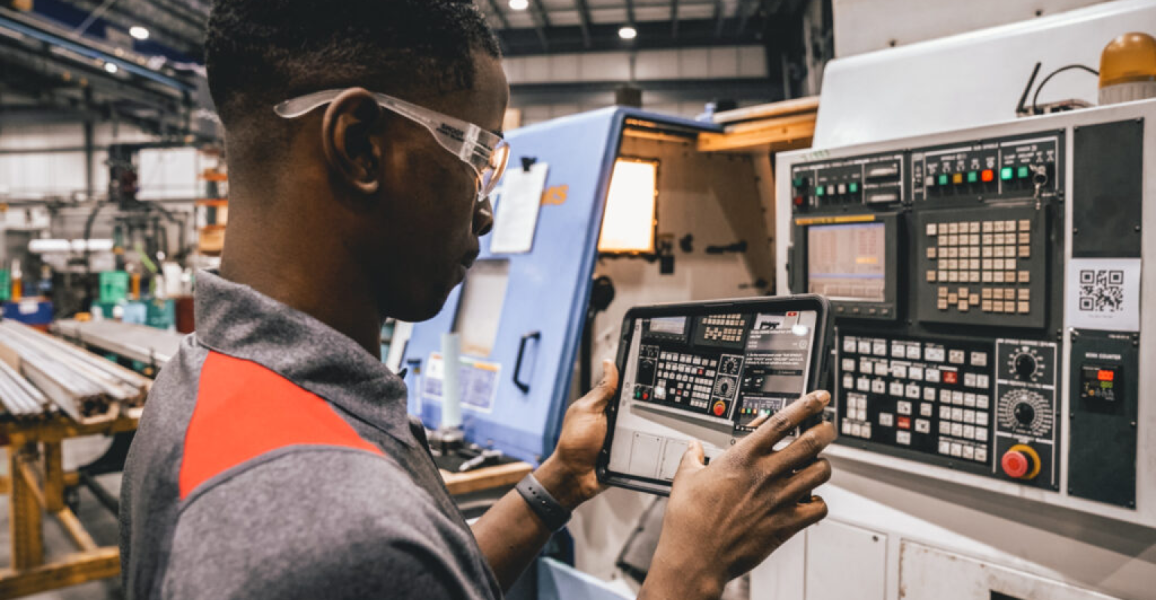You’ve described Tango as the Shopify of the hospitality industry. Where does that comparison come from and what does it look like in practice?
When Tobi Lutke created Shopify in 2006, he allowed anyone interested in creating an e-commerce business to do so – removing barriers like programming and engineering expertise needed to build a platform. We’re bringing this same simplicity to the hospitality industry, providing the tools and infrastructure to easily build and maintain businesses.
What is Tango’s Operator HQ and how have you transformed this from a typical admin portal?
Our goal at Tango is to simplify the process of starting and running a hospitality business, and much of that comes through our designs. The traditional administration portal can be overwhelming, especially for those who aren’t digital natives.
We provide a clean, easy user interface that works across desktop and mobile, more akin to an operating system. Anyone in the company interacting with the portal, whether the business owner, head of marketing, or head of operations, can do so seamlessly.
How do the needs of major enterprise chains and local small businesses differ, and how does Tango meet them both?
There are limitations to today’s hospitality systems, which impact both SMBs and large enterprises. There is not a clear insight into the business you are operating, making it difficult to understand profitability, or requiring manually combining different data sources to find an answer.
Enterprises manage a number of brands and regions, ordering and pricing different products in different markets, which Tango helps to streamline. The owner of an SMB plays many roles in the company, making it difficult to devote hours to software management. Tango takes away that headache.
Our goal at Tango is to simplify the process of starting and running a hospitality business, and much of that comes through our designs.
How do you approach hospitality partners who have been using the same system for decades and who rely on several different sources to build their operations?
Hospitality isn’t the most tech-forward industry. We have to move at the same pace, introducing parts of Tango’s offerings to our customers first so they can understand our software and how it can simplify operations. While our products can operate individually, they are more powerful when our clients are fully embedded in our system. We take the time to understand our customers’ businesses, which allows us to meet their unique needs.
What are the biggest challenges facing the hospitality industry today?
Business-to-business software in the hospitality sector does not work together and often only addresses one aspect of the business. This makes it expensive to operate, both in the products and in the time required to manually input and share information across systems. Our data-analytics capability identifies ways for customers to operate more efficiently, allowing them to learn from trends and increase profitability.
How is AI impacting the hospitality industry, and how can employees use technology to enhance their work?
Our primary objective in using AI at Tango is to augment the ability of those making critical business decisions in real time. Restaurant and bar managers spend hours every week building and managing employee schedules, mentally keeping track of many data points, such as who works well with whom, holiday schedules, and how busy the restaurant will be. AI will be able to look at hundreds of billions of data points, from servers with the fastest table turns to the weather forecast and current reservations, to recommend an optimised schedule. The manager can tweak the schedule, freeing their time to focus on more strategic tasks.
Whether it's optimising scheduling to decrease labor cost, helping servers sell faster to increase top line, or automating dynamic pricing to help minimise food waste, there are many opportunities for AI-driven improvements in the hospitality sector.
Our data-analytics capability identifies ways for customers to operate more efficiently, allowing them to learn from trends and increase profitability.
How has Stripe supported Tango’s business?
Stripe has been pivotal in building our centralised system of records, which would have been logistically impossible five years ago when these solutions were largely unavailable. We began as Stripe Connect users and have expanded to Stripe Terminal and Stripe's payments platform to provide our customers with a seamless payments experience. Stripe has lowered our barriers to work with payments and provide financial products to our customers. Connect lets us onboard new clients in a matter of minutes. This has become a key part of our ability to execute quickly and remain competitive.
How has Tango monetized its existing customer base in a more meaningful way?
Stripe has meaningfully accelerated Tango’s roadmap. We were initially aiming to offer our clients competitive pricing, which Stripe delivered. Now, we’re using Stripe Treasury, Stripe’s banking-as-a-service offering, which allows us to monetize our product and provide improved services to our clients. A major benefit to working with Stripe is that it is constantly building and evolving, so we can provide our own customers with the modern hospitality management system that was previously unthinkable.
Stripe has lowered our barriers to work with payments and provide financial products to our customers.

